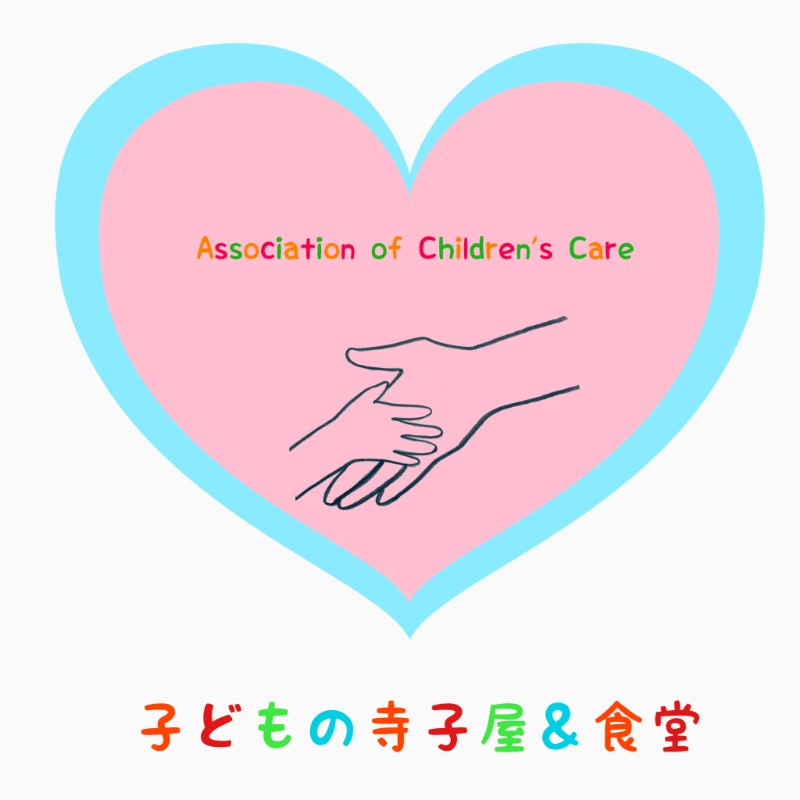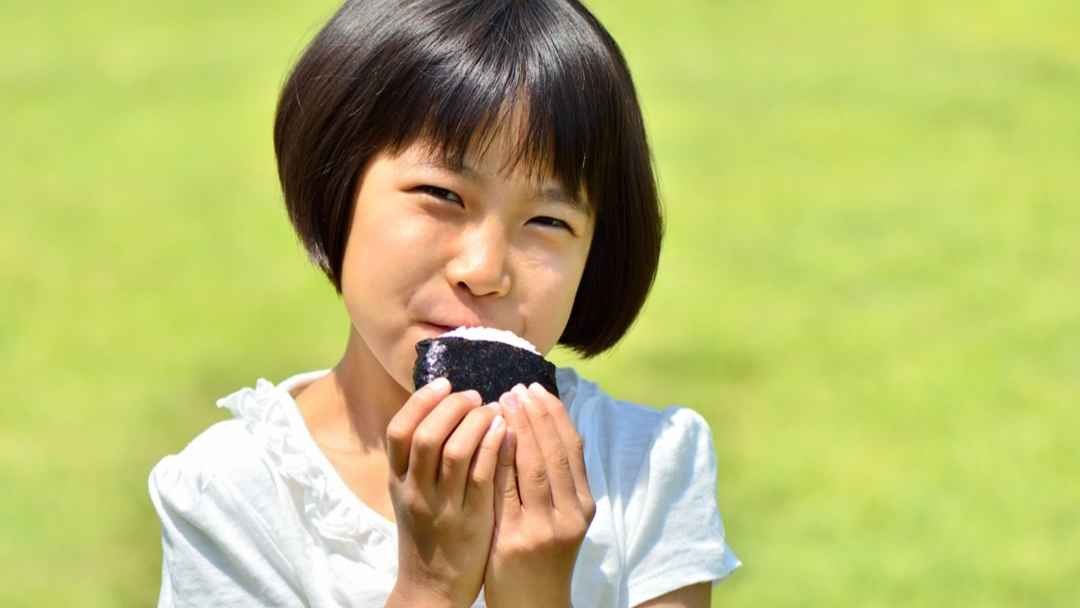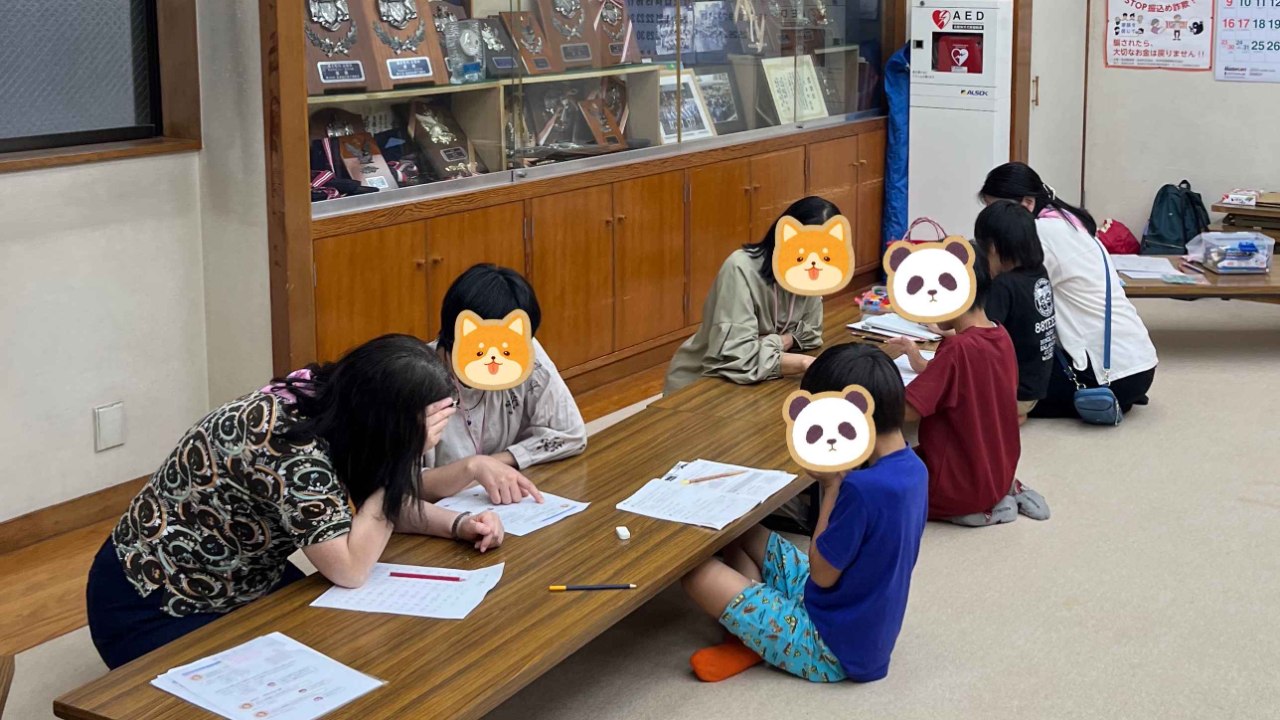Activities and Organization
We were established in 2021 to do what adults can do for children.We were certified by the Governor of Kanagawa Prefecture as a specified nonprofit organization (NPO) in 2022.
Main activities: Activities to promote sound upbringing of children, community safety, health, medical care or welfare, and academic/cultural/artistic or sports promotion.
Specifically, we offer Terakoya (supplementary study), a children's cafeteria (dietary education), music/arts (music experience and appreciation, crafts, flower education, etc.), and a place to stay (a safe and secure place where people can stay without having to do anything).
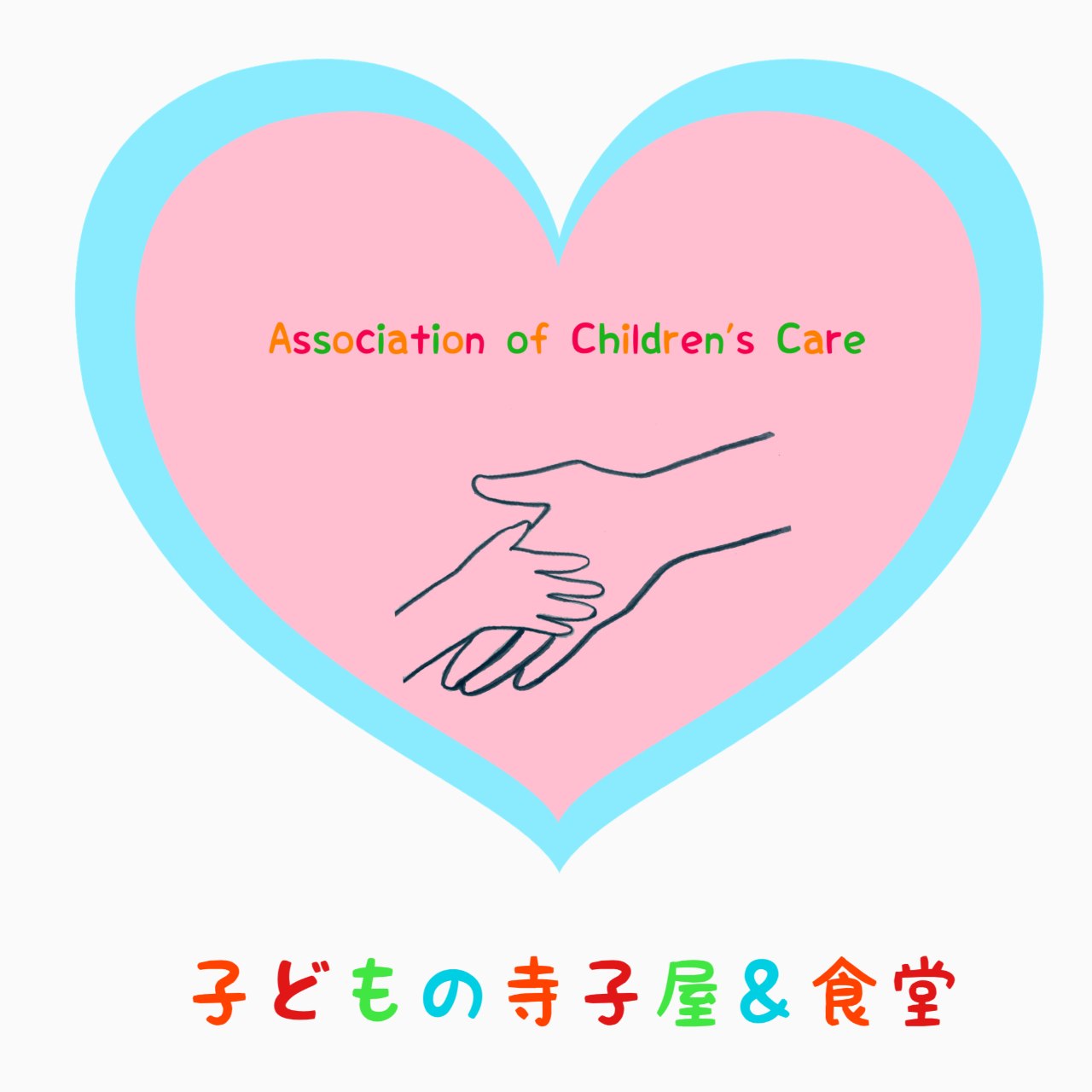
Background of activities and social issues
The “new coronavirus” that began globally in 2020 caused public elementary and junior high schools across Japan to be closed in March of the same year, and for the next three years, the inability to communicate freely had various effects. A year is a very long time for children, and there were concerns about their growth.
The children needed a place where they could feel safe and secure, and where they could learn about their place in society and their connections with others by interacting with people of different ages and backgrounds.
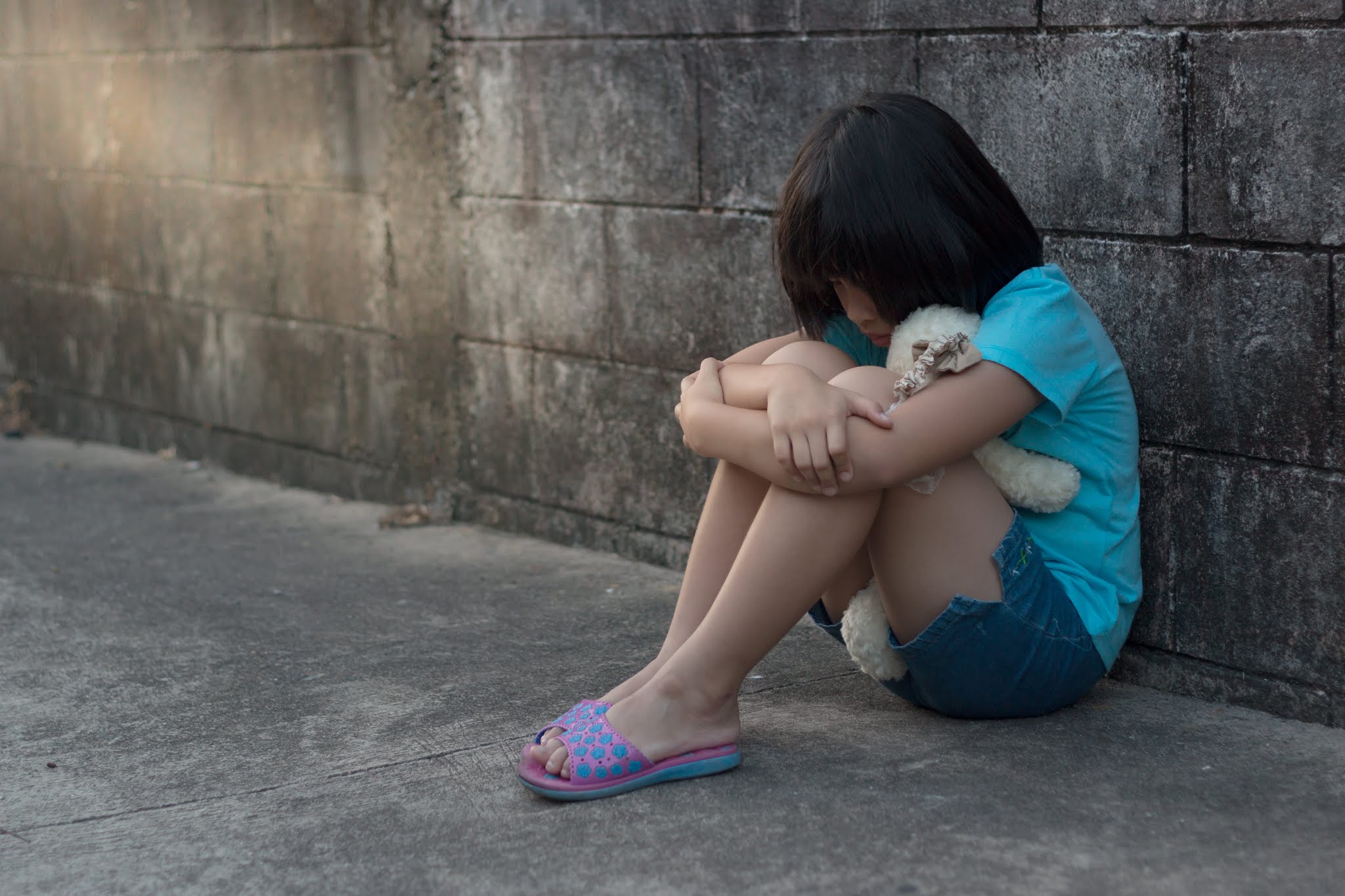
Details of activities and results
Terakoya & Children's Cafeteria opened once a week from July 2022 in the evening and at night.
Main activities of the Terakoya
1. Learning support (homework and study help)
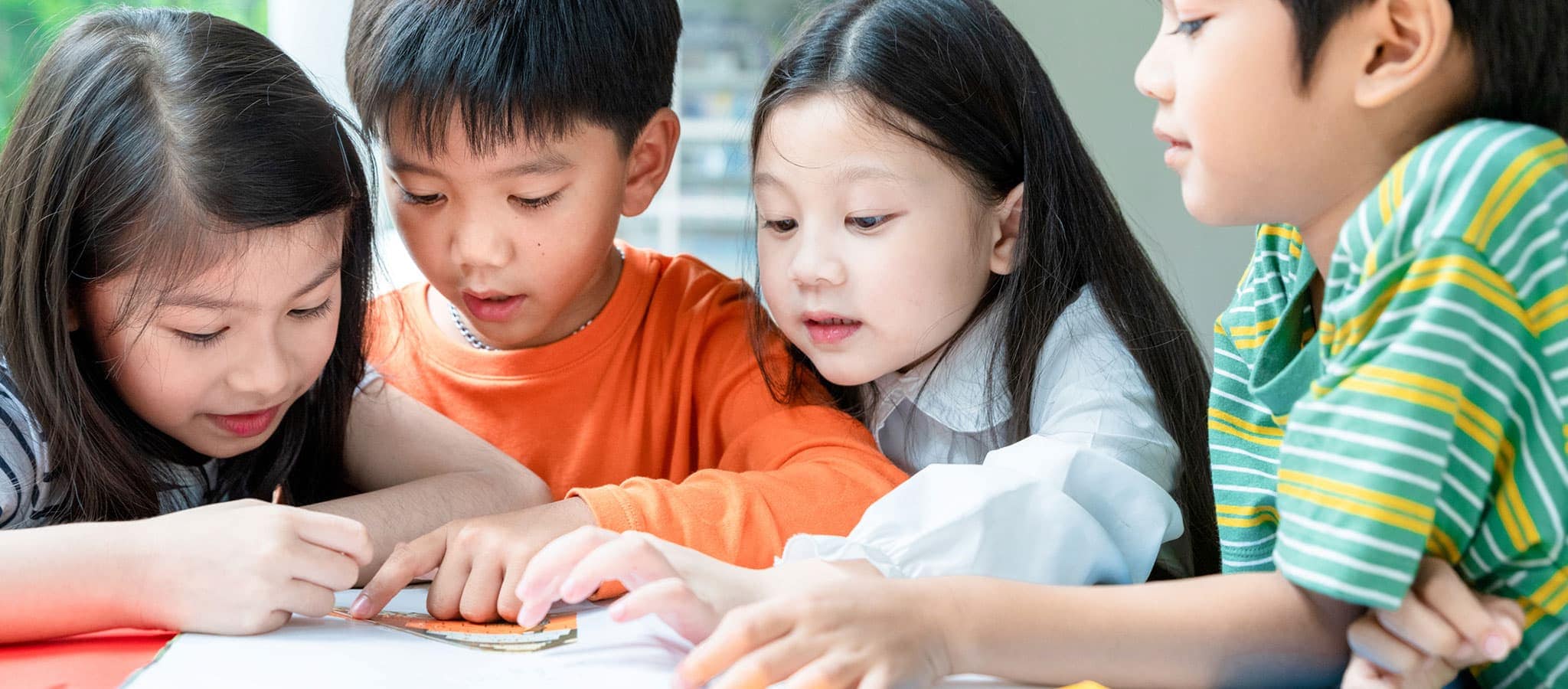
2. Learning about life and human skills
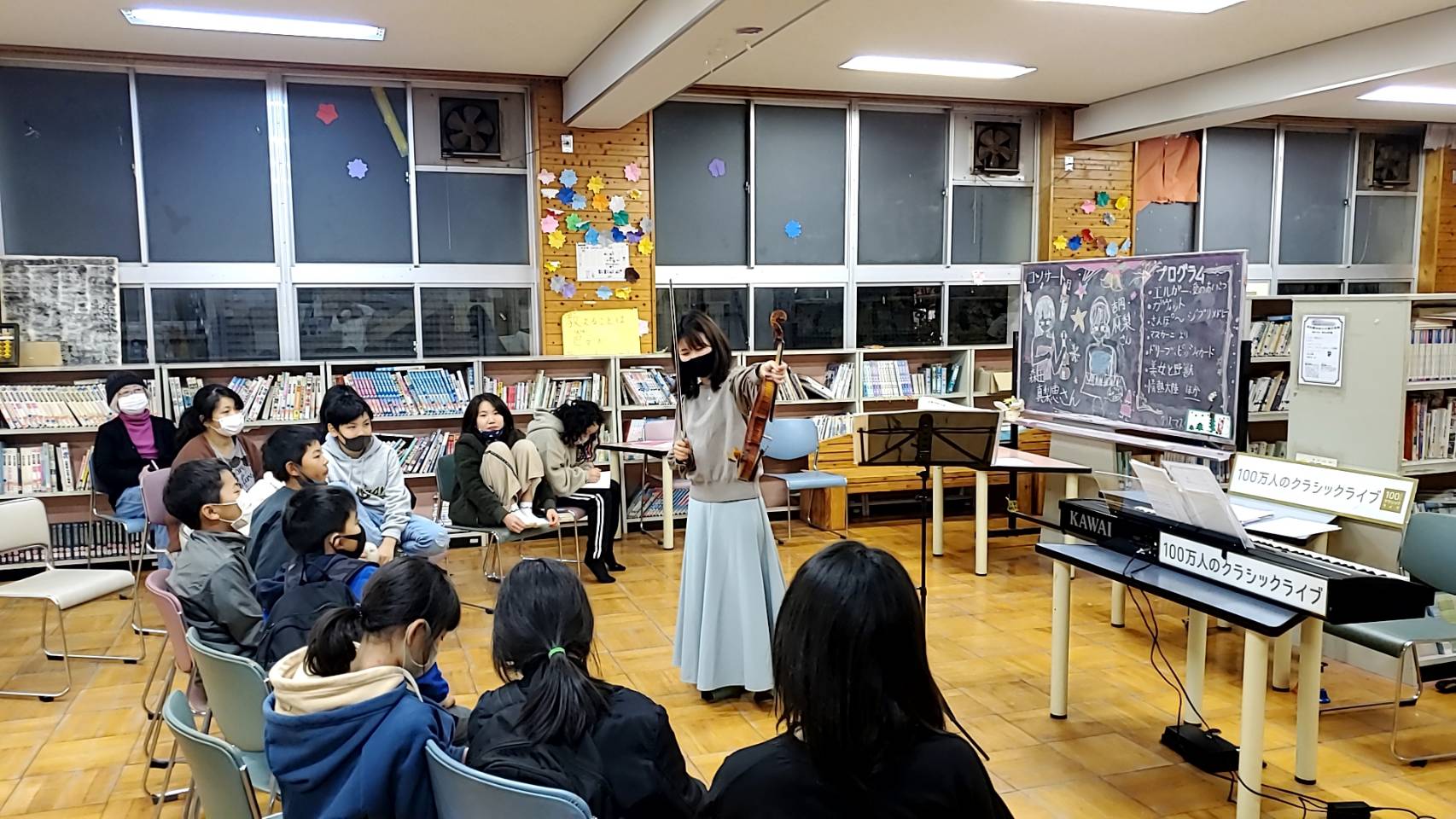
3. Play and social time (flower arrangement and music)
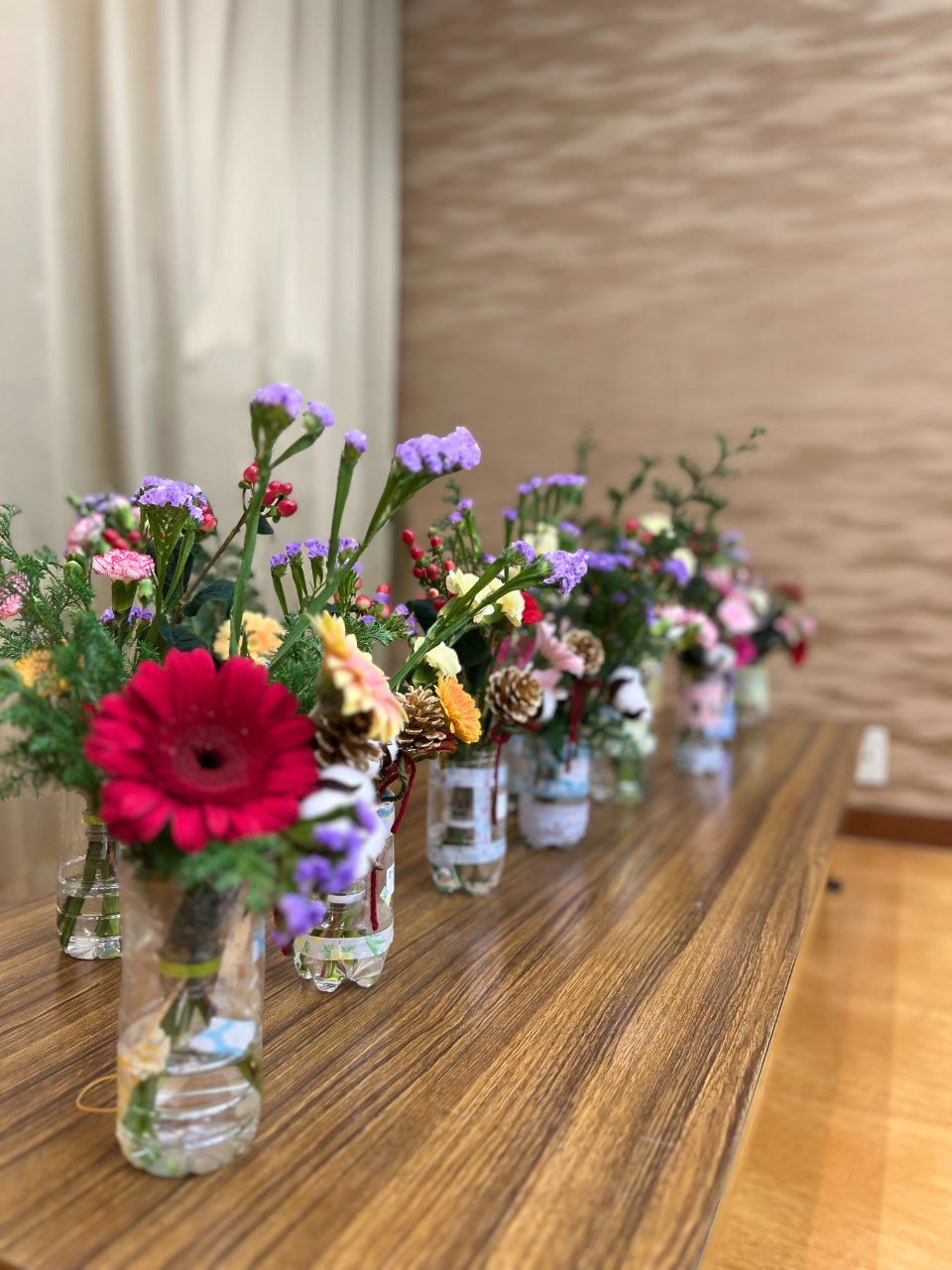
4. Providing meals and snacks (as needed)
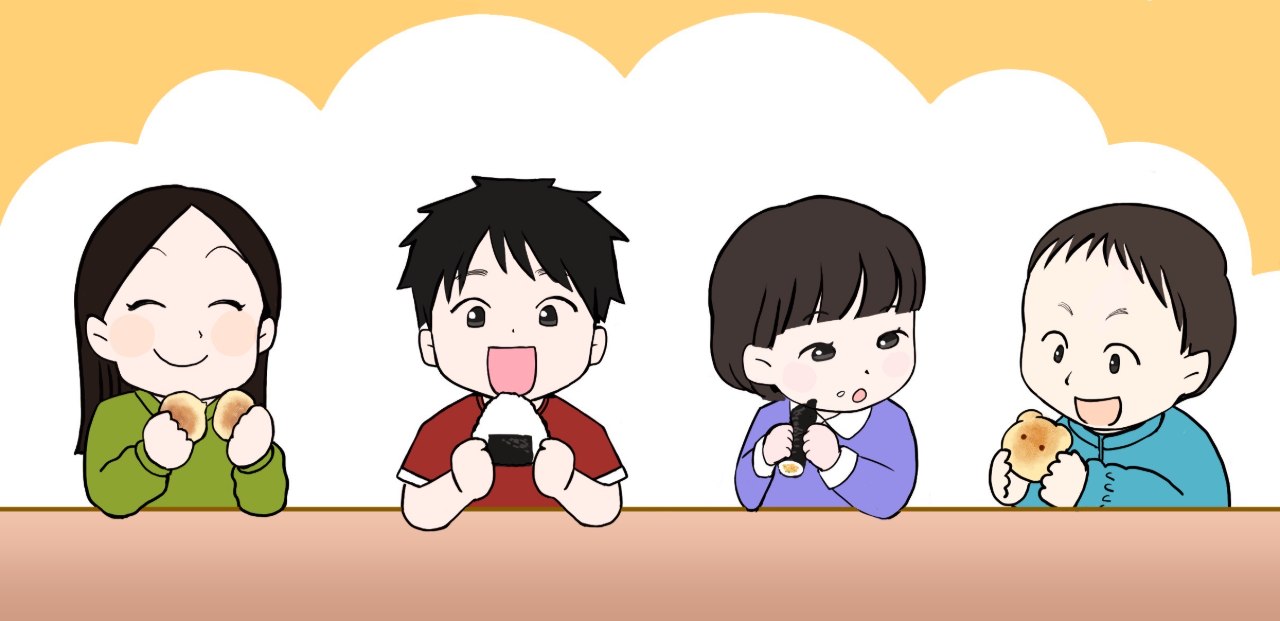
◆ Results
・ 2022 Total number of participants 45 (elementary school students) 15 (junior high school students) 3 (high school students) 10 (university students) 10 (freelancer) 9 (freeters) 9 (adults) 82 (adults)
・ 2023 Total number of participants 645 (elementary school students) 112 (high school students) 96 (university students) 17 (adults) 258 (adults)
・ 2024 Total number of participants 840 (elementary school students) 54 (junior high school students) 128 (high school students) 66 (university students) 12 (adults) 250 (adults)
・ Attendance by children is free, but the attendance rate is over 98%. All children attend except those who are absent due to colds and other illnesses.
・Children are free to attend. The attendance rate is 98% or higher. Attendance rate of children is 98% or higher, with the exception of those absent due to colds and other illnesses.
Kawasaki Citizen's Public Interest Activity Grant (2022 and 2024)
Sony Children's Music Fund (2023)
Citizen's Activity Grant for Fighting Child Poverty (2024)
Local Learning Place Grant (2024)
Cabinet Secretariat Survey and Research Project for Model Approaches by NPOs, etc. to Counteract Loneliness and Isolation in the Community (2023 and 2024)
Message from the Representative
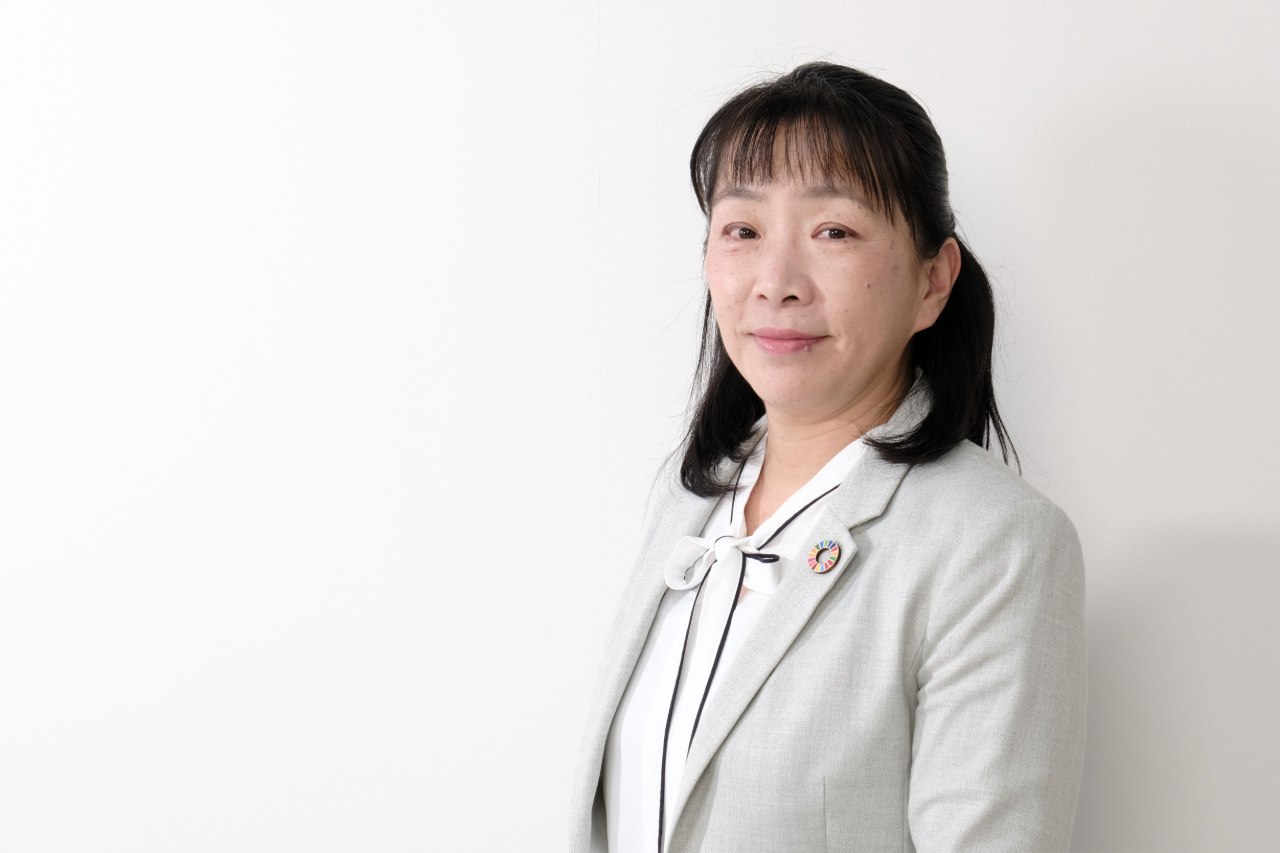
Hello, I am Obata, the representative of this group.
We started this group because we were concerned about the situation of children affected by the new type of coronavirus and felt that "someone has to do something about it! ” I started this group with this thought in mind.
In my previous job, I was in charge of checking the classes of foreign language teachers at public elementary schools.
In the 2021 elementary school, the class was taught with social distance (keeping distance)
In a 5th grade English class, two-thirds of the children in the class were not keeping up with what they were learning.
I wondered, "Where do these kids need to learn to keep up?
If the children could not go and ask their teachers after school, or if they were not attending cram school,
their busy parents would surely find it difficult to take the time to do so.
I strongly felt that if they continue on to junior high school, it is inevitable that they will be left behind, and if this happens, it will lead to non-attendance at school, which in turn will lead to withdrawal from school.
Afterwards, I asked this question to various people, and found that mothers around me also had the same question, and single people without children also had the same sense of crisis.
The children of the community are nurtured by the adults in the community.
This association started from the spirit of neighbors helping each other.
Even if we don't know the children, if they live in the same neighborhood,
we nurture them as if they were our own children.
This means not only filling their bellies and teaching them to study, but also building a relationship of trust that can be created by being involved together, spending time in the same space, and nurturing the child with an eye to his/her future.
If a child cannot keep up with his or her studies, his or her self-esteem will instantly drop in middle school.
They lose confidence in themselves and have a hard time living in school.
I would like to be able to help them find a place where they can be themselves in such a situation.
Although we are not strong enough, we would like to share this idea of “local children are nurtured in the community” with our friends around us and take actions that will lead to the future of as many children as possible.
We insist on “free” children's places.
We are committed to providing a “free” children's center because if we charge even a small fee, there will be children who will not be able to come.
If you are able to participate and act as a volunteer, please do so.
If you are not able to participate, we would be grateful if you would support us by making a donation and nurture the children together.
Thank you in advance.
How donations will be used

The total annual cost of the program is approximately $1,000,000 to operate.
Donations can be made to、、、、
1 The economic situation of families makes a big difference in learning and living opportunities.
Donations can help bridge the “starting line gap” as much as possible by:
・Delivering educational materials and meals to children from economically disadvantaged families
・Providing learning support opportunities to children who cannot attend cram schools or lessons
2 Many of the local children's cafeterias, after-school study support, and watch-over activities are supported by donations and volunteers.
Providing a place where children can be themselves outside of home and school
・Giving children time to open up through meals and conversation
Donations support the continued operation of these important places.
3 Children are the future of society itself.
Donations are not just about “helping children in need,” but also about "taking action to create a better future.

